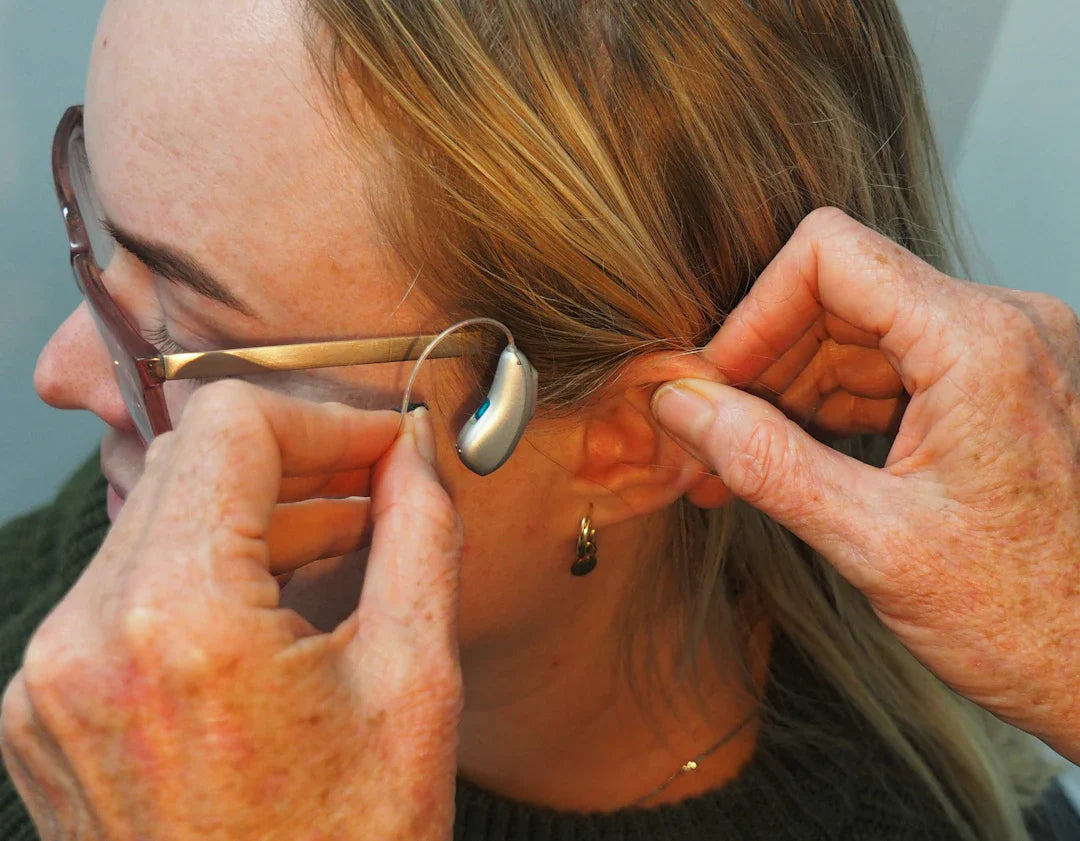For many, hearing aids represent not only a means of improving an essential sense but also a pathway to reconnecting with loved ones and enjoying life's myriad sounds. If you're considering hearing aids or have recently experienced hearing loss, understanding the fitting process is a vital step. This comprehensive guide will take you through the steps involved in getting fitted for hearing aids, while also shedding light on crucial aspects of hearing care, audiology, and product selection, including options like miniFit domes.
Understanding Hearing Loss
Before diving into the fitting process, it is important to comprehend the nature of hearing loss. Hearing loss can occur as a result of aging, exposure to loud noises, genetic factors, or medical conditions. Understanding this background is critical as it will inform your audiologist of your specific needs.
Signs of Hearing Loss
- Difficulty following conversations, especially in noisy environments.
- Frequently asking others to repeat themselves.
- Experiencing ringing or buzzing sounds in the ears (tinnitus).
- Feeling a sense of fullness or pressure in the ear.
If you identify with any of these symptoms, it's time to seek audiology help. Audiologists are highly trained professionals equipped to evaluate your hearing and recommend suitable solutions, including hearing aids.
The Initial Audiological Assessment
Your journey toward better hearing begins with an audiological assessment. During this appointment, the audiologist will conduct several tests to gauge the extent and nature of your hearing loss.
Types of Tests
- Pure Tone Audiometry: This test measures your ability to hear various sounds at different frequencies, helping determine the degree of your hearing loss.
- Speech Audiometry: This evaluates your ability to comprehend spoken words at different volume levels.
- Tympanometry: This assesses the condition of your middle ear and eardrum by measuring how they react to air pressure.
- Otoacoustic Emissions (OAEs): A test that examines sound waves produced in the inner ear, important especially for children and individuals with difficult-to-diagnose issues.
After these tests, your audiologist will discuss the results with you, providing a clear understanding of your hearing capabilities and the degree of your hearing loss.
Exploring Hearing Aid Options
Once you have a diagnosis, discussing hearing aids becomes paramount. Your audiologist will present various options tailored to your specific type of hearing loss and lifestyle needs.
Types of Hearing Aids
- Behind-the-Ear (BTE): These are the most common types, consisting of a small case worn behind the ear connected to a custom earpiece.
- In-the-Ear (ITE): These fit directly within the outer ear and are custom-moulded to your ear shape.
- In-the-Canal (ITC): Smaller than ITE, these are partially in the ear canal, making them less visible.
- Completely-in-Canal (CIC): These are the most discreet, fitting deep within the ear canal.
Other considerations include features like Bluetooth connectivity, rechargeable batteries, and noise reduction technologies. The audiologist can also recommend accessory products such as miniFit domes, which provide a comfortable fit for various ear sizes and shapes.
The Fitting Process
Getting fitted for hearing aids is a detailed process that goes beyond simply choosing a device. The fitting experience typically unfolds in stages, ensuring that the hearing aids are tailored to your unique hearing needs.
Initial Fitting
During the initial fitting appointment, your audiologist will adjust the hearing aids based on the audiometric data collected during your assessment. These adjustments are crucial for achieving the right amplification and clarity.
Customising Your Hearing Aids
Following the initial fitting, your audiologist will delve deeper into customising your hearing aids. This may include:
- Setting the gain and volume control for different sound environments.
- Personalising programmes for quiet, background noise, or conversations.
- Adjusting features like feedback cancellation and directional microphones to enhance your overall experience.
Getting Used to Your Hearing Aids
Once fitted, acclimatising to your new hearing aids may take time. It's common to feel a bit disoriented at first, as your brain adjusts to the additional sounds that you may not have heard for a while. Your audiologist will advise on a structured approach to wearing them:
- Start wearing your hearing aids for short periods during quiet times.
- Gradually increase the duration and complexity of environments where you wear them.
- Maintain continuous communication with your audiologist during this adjustment phase.
Maintaining Your Hearing Aids
Your hearing aids represent a significant investment in your hearing health, and proper maintenance is key to ensuring their longevity. Regular upkeep can prevent issues and help enhance their performance.
Earwax Removal
One of the foremost challenges in maintaining hearing aids is earwax build-up. Earwax can obstruct sound transmission and damage the device. Regular cleaning and professional earwax removal can significantly improve your hearing experience. Your audiologist can provide guidance on safe methods for cleaning your devices and recommendations for professional earwax removal services.
The Importance of Regular Follow-ups
After you start wearing your hearing aids, don’t overlook the importance of follow-up appointments. Regular visits to your audiologist are essential for fine-tuning the settings of your hearing aids and addressing any issues you might encounter.
Typical Follow-up Schedule
- Your first follow-up typically occurs 1-2 weeks after the initial fitting.
- Subsequent visits may be scheduled every 3-6 months, depending on your needs.
- Yearly check-ups can help ensure your devices continue to meet your hearing needs as changes may occur over time.
Conversations with Your Loved Ones
As you navigate through this transformative experience, engaged discussions with family and friends can provide vital support. Share your thoughts about your new hearing aids, and work collaboratively towards optimal hearing care. Their insights can also help you identify when adjustments may be necessary, fostering a shared understanding of how these devices impact your daily life.
Enhancing Communication Skills
- Practise active listening techniques.
- Utilise visual cues and lip-reading when communicating.
- Encourage regular conversations in well-lit, spacious environments.
Introducing these practices will help you maintain deep connections with loved ones while adapting to the new auditory experiences offered by your hearing aids.
Embarking on the journey of getting fitted for hearing aids can feel daunting. But with proper guidance, professional assistance, and a proactive approach to your hearing care, you can enhance your quality of life and reconnect with the world around you. Take the first step today; your ears are waiting to hear the beauty of life anew!




